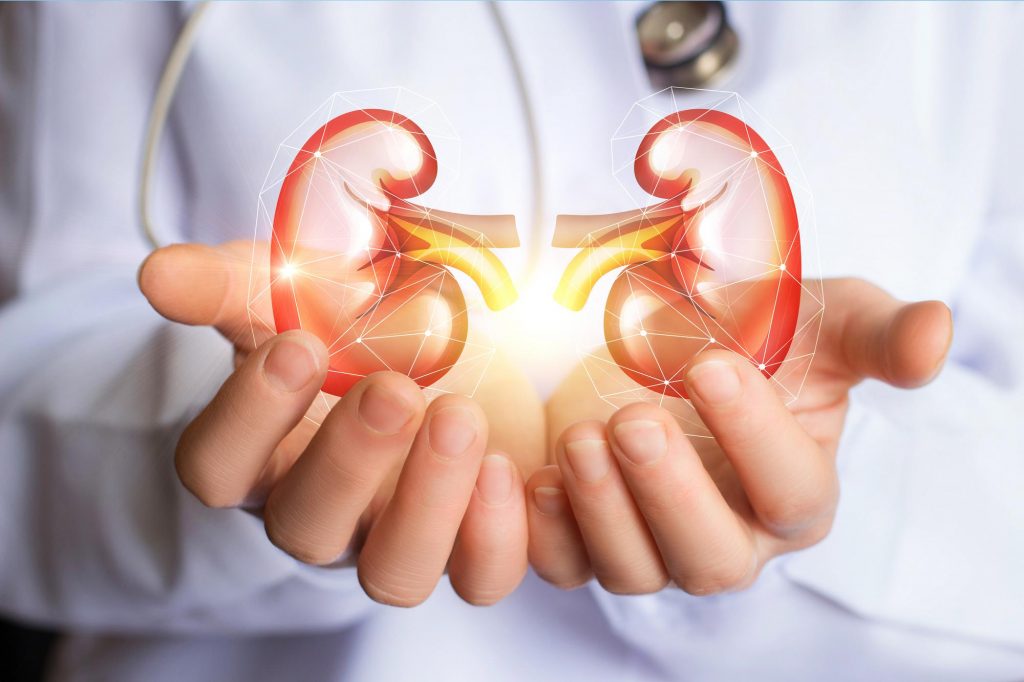We have already discussed the normal physiology of kidneys in our previous write up. Filtration is a key kidney function and is the first step that occurs in the kidneys for the purpose of removing various substances from the blood that will ultimately be eliminated from the body. Today, let us know the renal function and ways to measure it.
The nephron is the functional unit of the kidney which consists of the glomerulus, proximal and distal tubules, and collecting duct. The assessment of kidney function is more important in the management of patients with kidney disease. Renal function is an indication of kidneys condition and its role in renal physiology.
Measures of renal function have the utility to identify the presence of kidney disease; its progression, and also monitoring the response to the treatment by the kidneys. Methods to measure renal function can include assessment of GFR and creatinine clearance.
Glomerular Filtration Rate (GFR)
GFR is an assessment of the kidney’s ability to filter and remove the body’s wastes from the blood. It is the rate at which water and molecules cross the glomerular capillary membrane.
In renal disease, the GFR is usually reduced. GFR cannot be measured directly; it is estimated from calculating the creatinine clearance. It is not necessary to know the precise GFR in clinical practice, instead, it is important to know whether GFR is;
- Normal
- Changing
- Reduced
The normal range for GFR are;
- Males – 97-137 mL/min
- Female – 88-128 mL/min
A normal level of GFR is sufficient to maintain a serum concentration of creatinine in the normal range (approximately 0.5 to 1.5 mg/dL). Changes in serum creatinine are commonly accepted in clinical practice as reflecting changes in GFR but are not as precise an assessment of renal function as creatinine clearance.
What is creatinine and how is it measured?
Creatinine is a normal by-product of muscle metabolism; therefore, its production is directly dependent on muscle mass. It is produced at a fairly constant rate as long as the mass remains constant.
Creatinine is eliminated primarily by the kidney through glomerular filtration. Thus, as glomerular filtration decreases i.e. renal function declines, the serum creatinine concentration rises. Normal serum creatinine concentration is approximately 0.5 to 1.5 mg/dL, although numerous factors like age, body mass and gender will affect the creatinine concentration.
For example, a small adjustment is made for women related to their body mass when the Cockcroft-Gault formula is used for estimating creatinine clearance as below;
Crcl (mL/min) = [(140-age) * weight (*0.85 for female patients)] / [72* SCr]
[CrCl = Creatinine clearance; age in years; weight in kilograms] [SCr = Serum creatinine in mg/dL]
The creatinine clearance is a common clinical test which measures the rate at which the kidneys clear creatinine from the blood. By convention, measurement of creatinine clearance is determined by the volume of blood (mL) that has all creatinine removed from it over time (min).
Creatinine clearance can be calculated from a 24-hour urine collection for creatinine and a single measurement of serum creatinine. Alternatively, creatinine clearance can be estimated from a serum creatinine measurement and using the Cockcroft-Gault formula. Importantly, creatinine clearance is correlated with GFR. Values lower than normal usually imply a decrease in renal function.
Must read: Home remedies for Kidney stone
